They came with their parents of course, and the mom is a professional master spinner with a wool company of her own. That is how we met. She had come to return some roving, now spun into a thick irregular chunky yarn. I am not sure what I will use it for as there is not much there really. I have another bag of roving I might convince her to spin too and then there would be enough for a mat. It would be perfect for that.
We had to walk out to the pasture to see the sheep. I caught Rosy's little girl, who is as friendly as Rosy and not at all hard to catch, and they were able to pet her. Rosy and her lamb are purebred Babydoll sheep, and my favourite sheep on the farm. Karin Llama made quite the hit as she always causes some sensation when she runs over to investigate the newcomers to her pasture. She likes to smell the folks up close, so I instruct them to hold very still. Her nose tickles on the back of the neck or she will come right up to the face too, and smell the lips and breath of the people. Some are terrified of llamas only from what they have heard, that llamas are mean and spit. Any animal can behave poorly if not treated properly from young, but Karin was born here at the farm and she loves everyone.
I think the ducks were the favourite of the little girl though. She loved their plump bellies and soft downy feathers, though the young ones are starting to feel prickly as their new adult feathers are poking out. They saw the potbelly babies and the bunnies and got an egg each to take home. It was a great afternoon and a little too short, but their drive was long to get back home. The daddy came along too and he is as gentle natured and kind as they come. We had a good time and I invited them back when they had another opportunity to come for a visit. See you then, kids!!

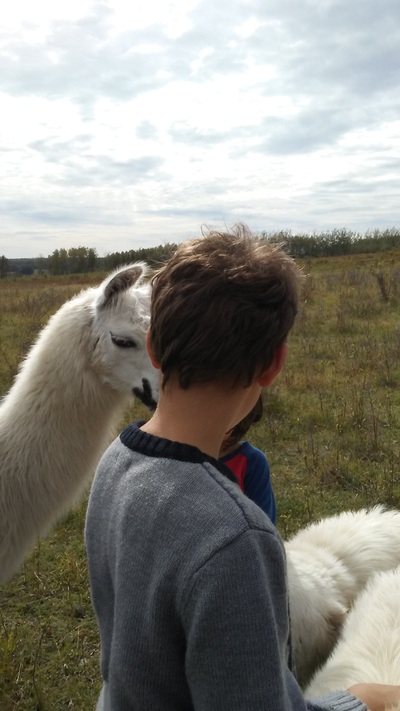
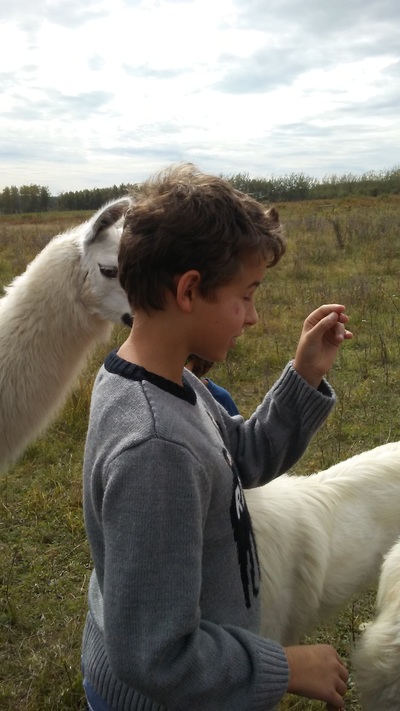


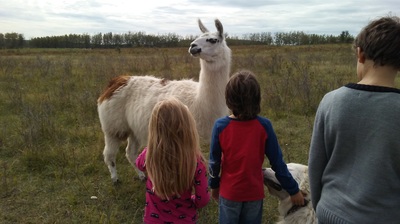
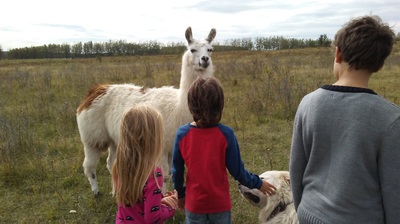
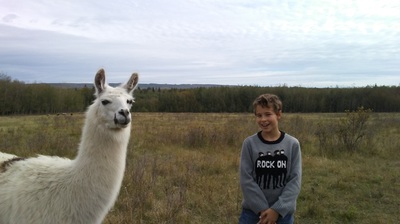
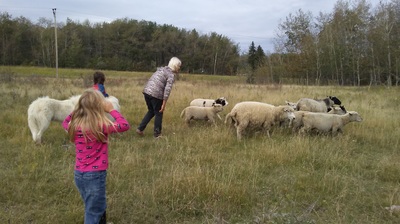
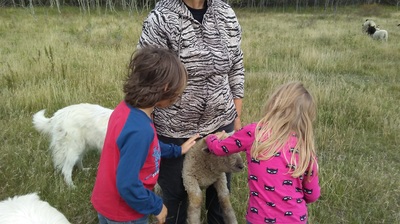
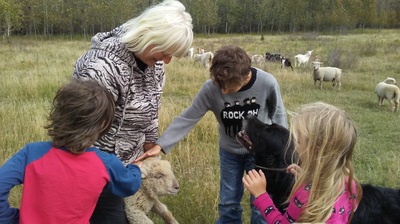

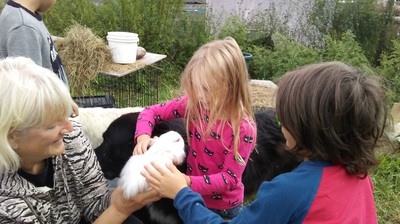
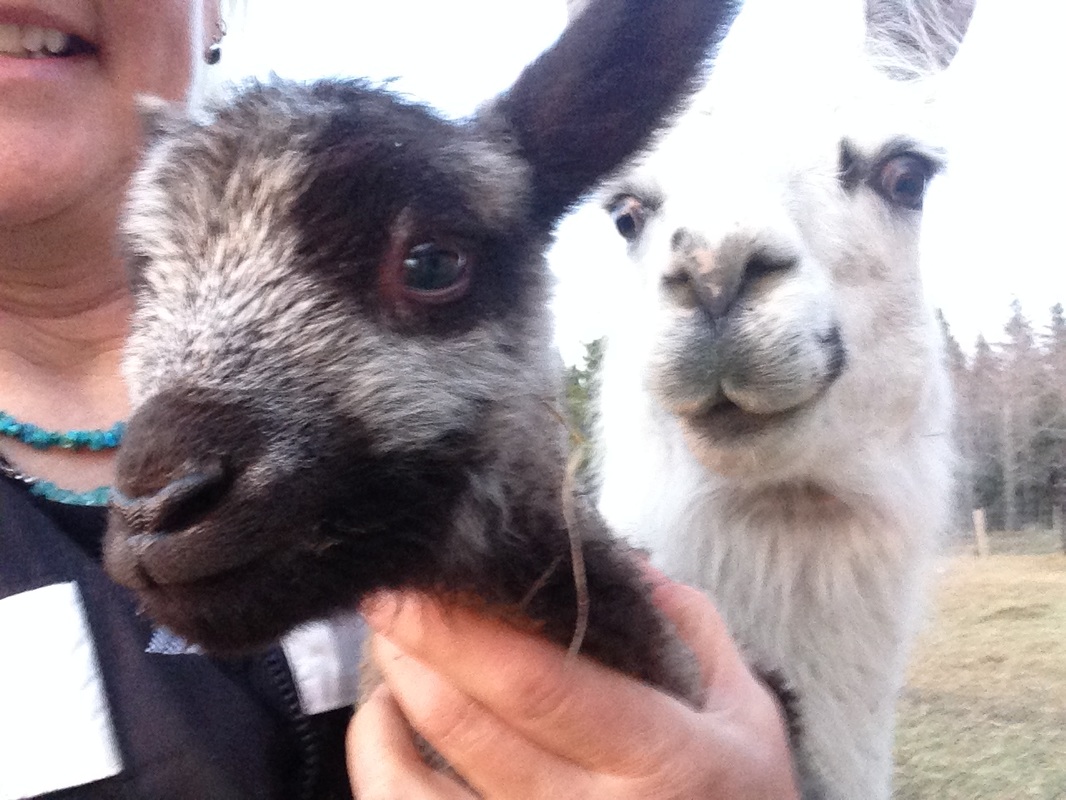
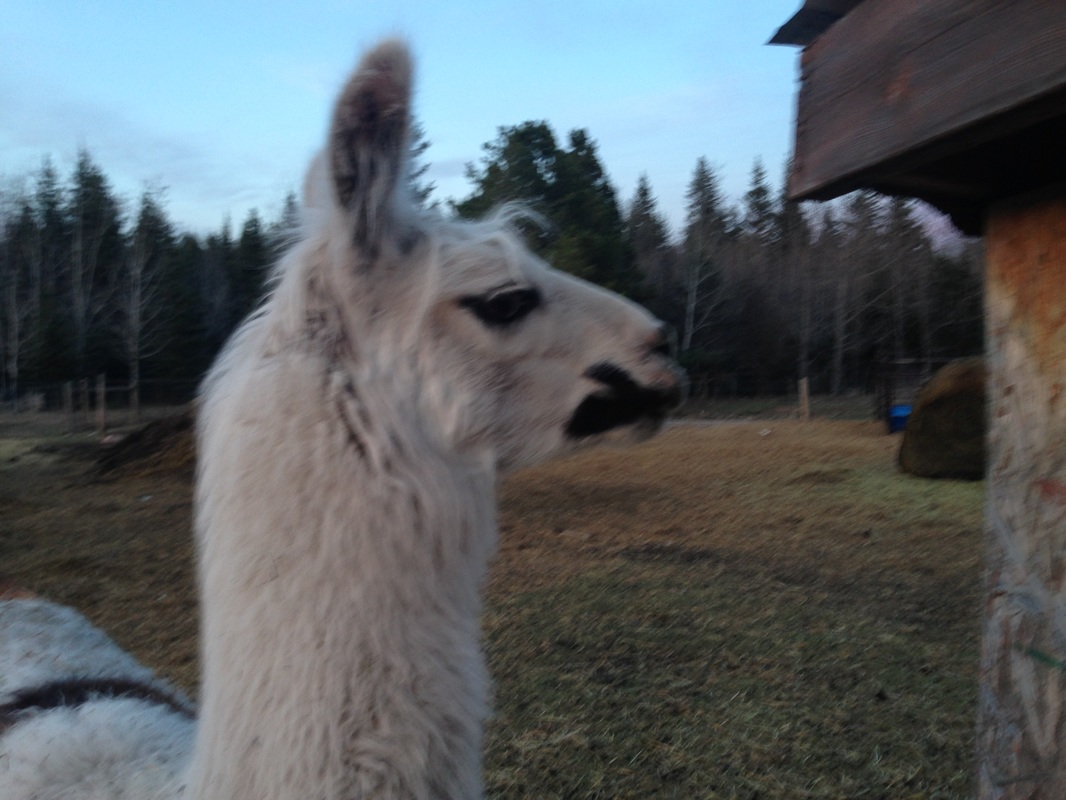
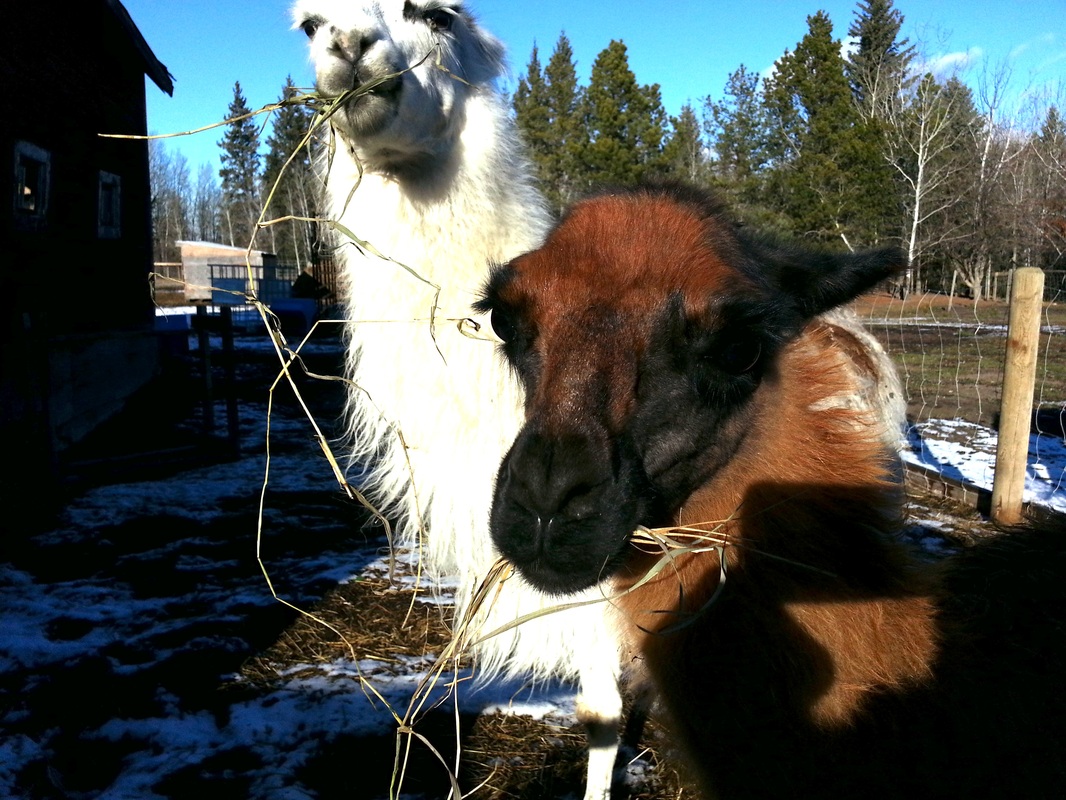
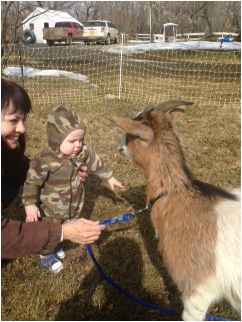

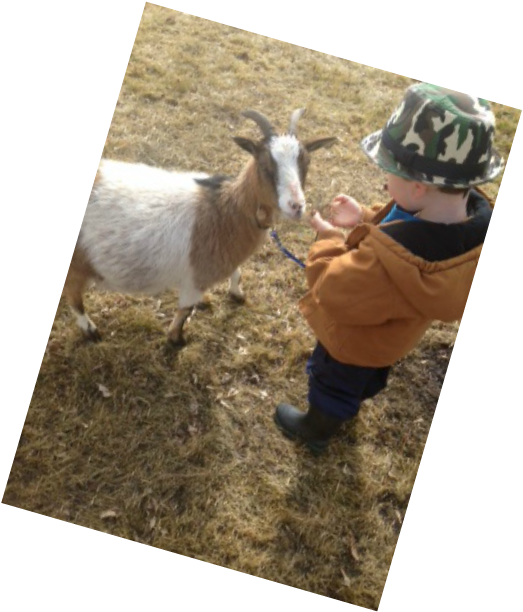
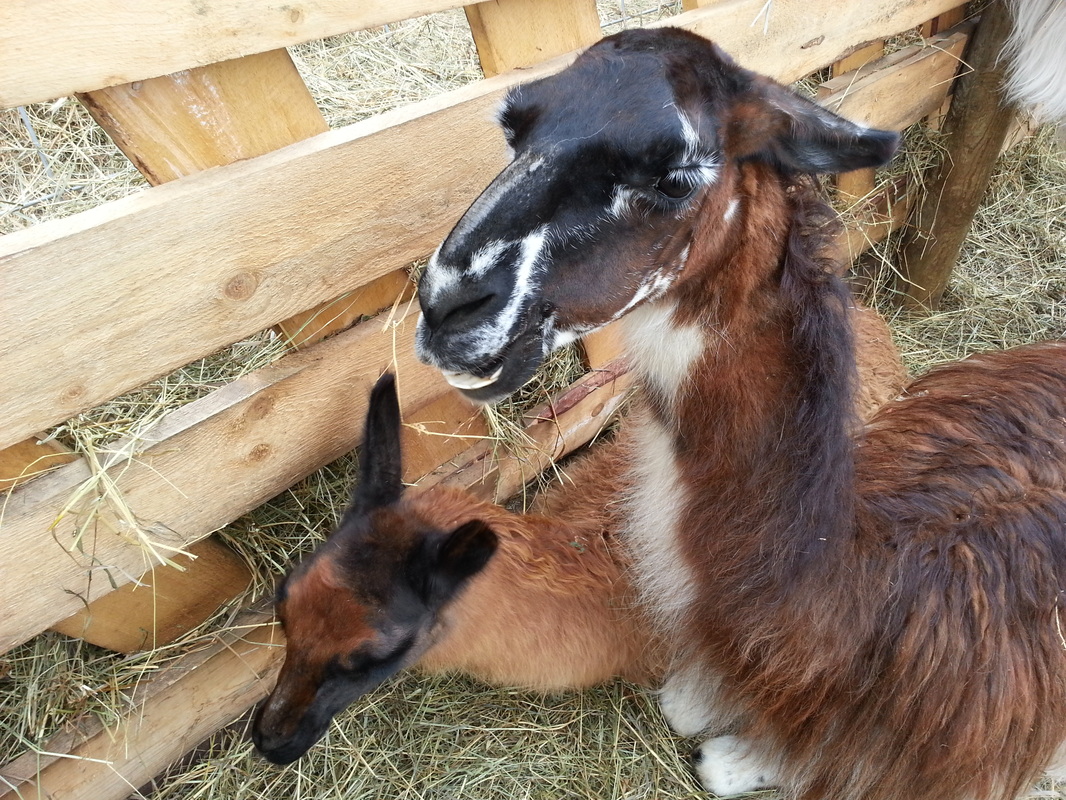
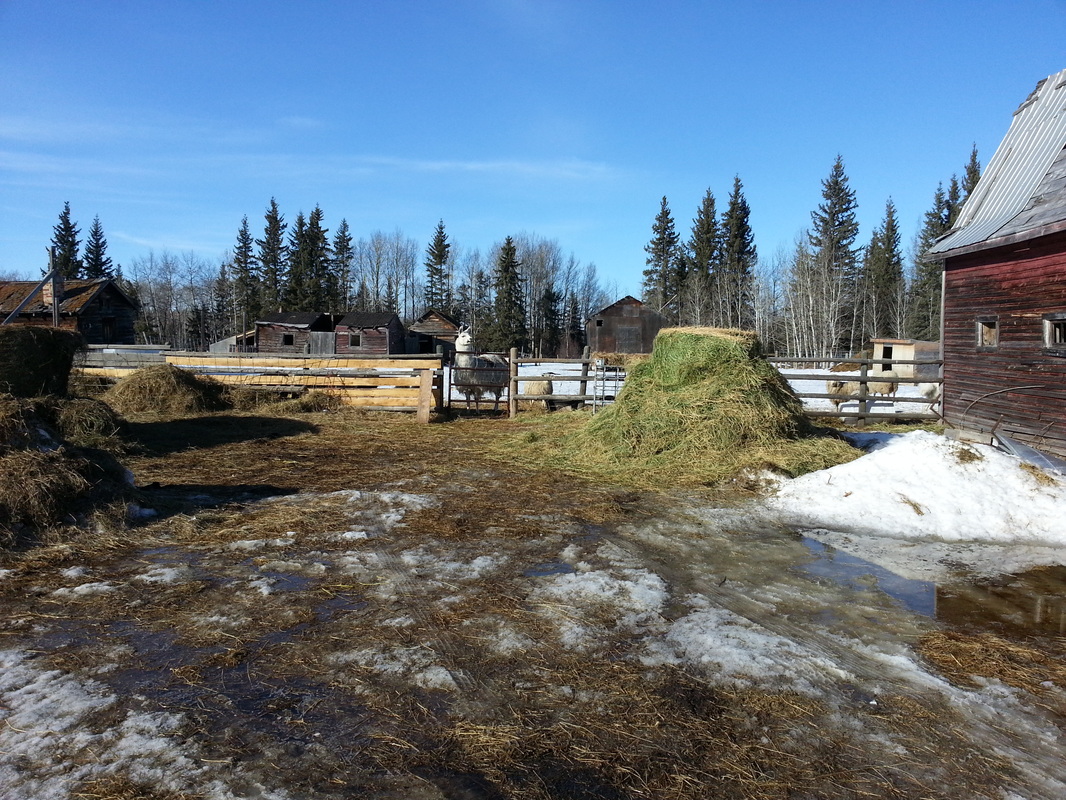
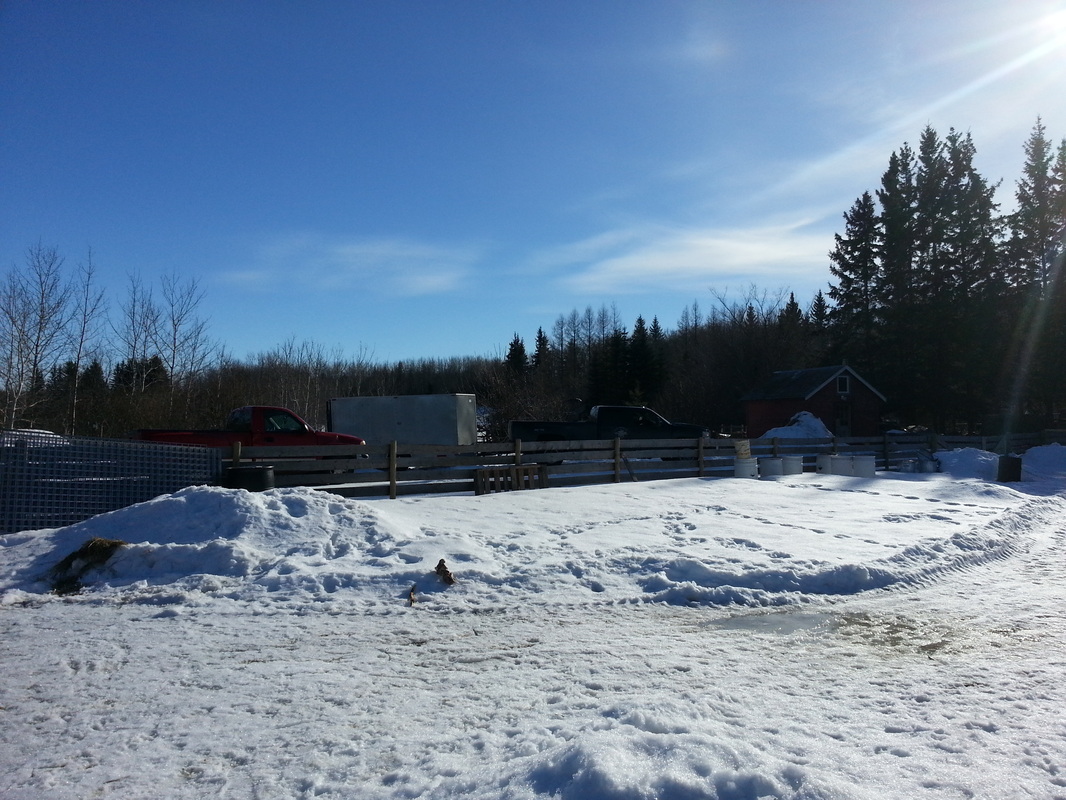
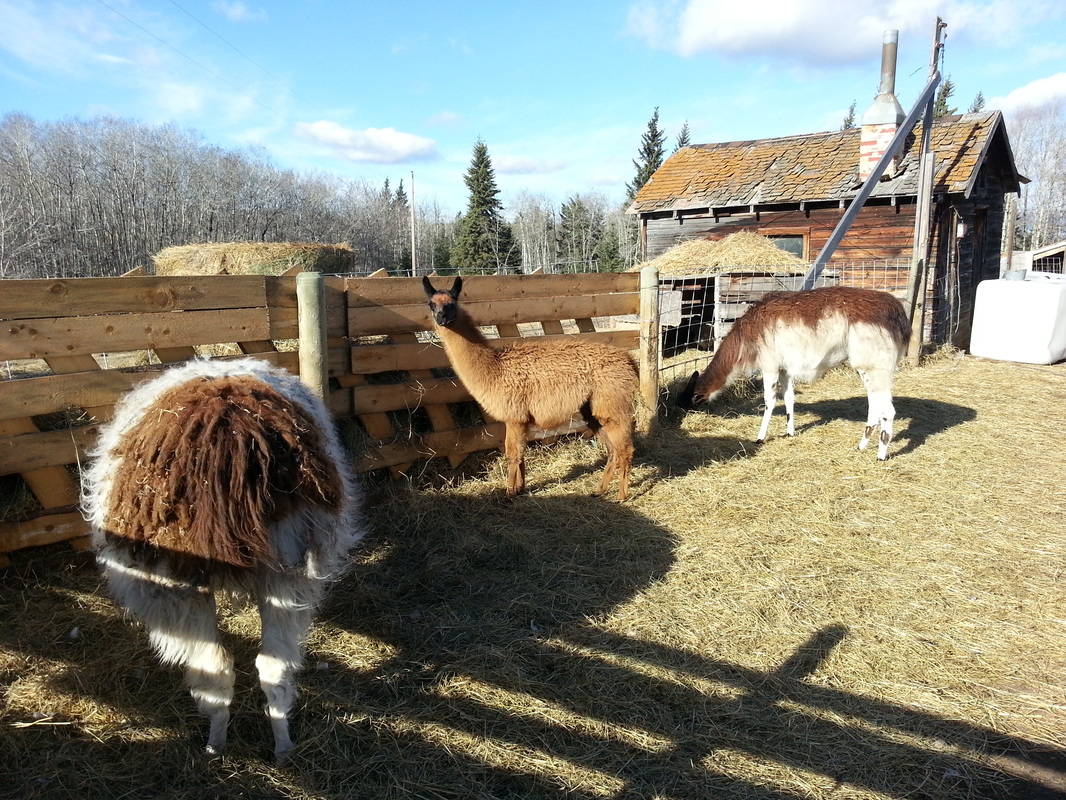
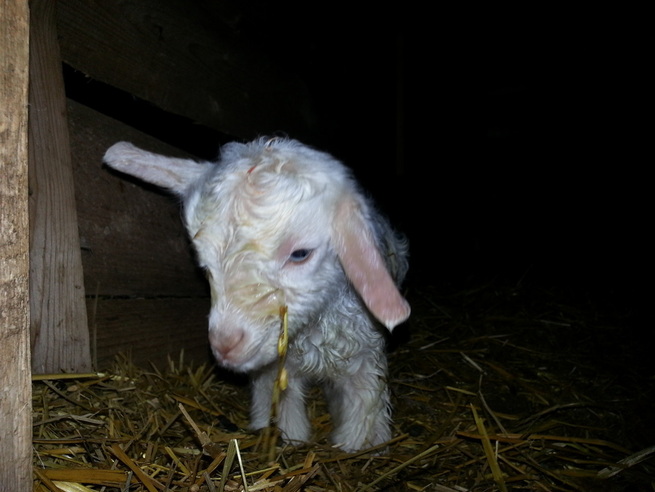
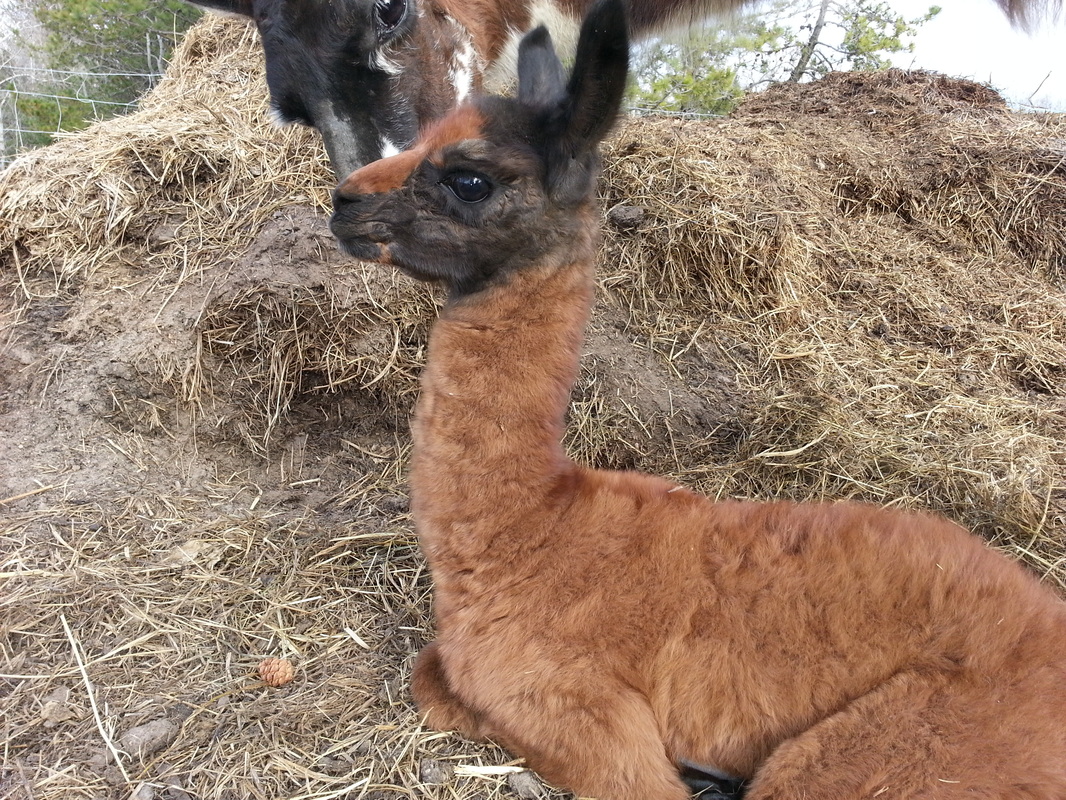
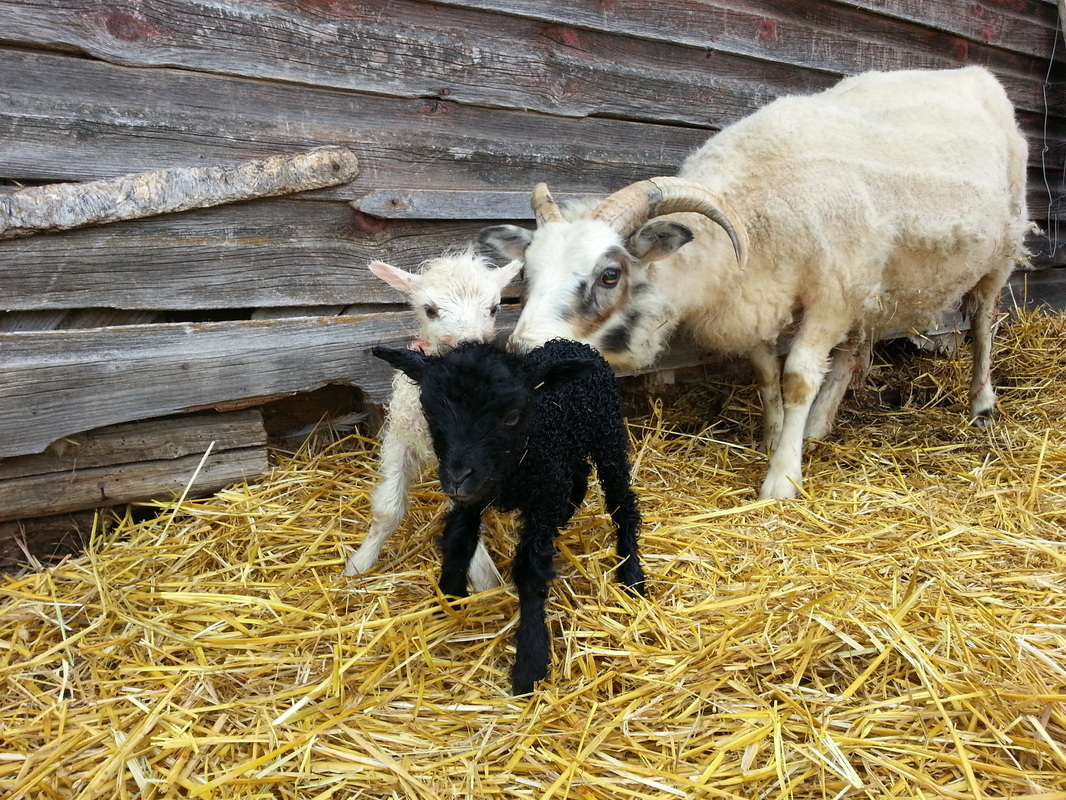
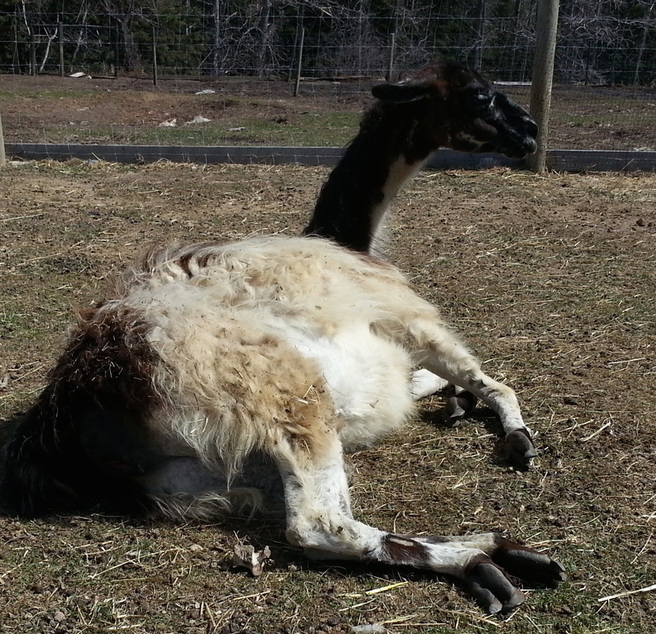
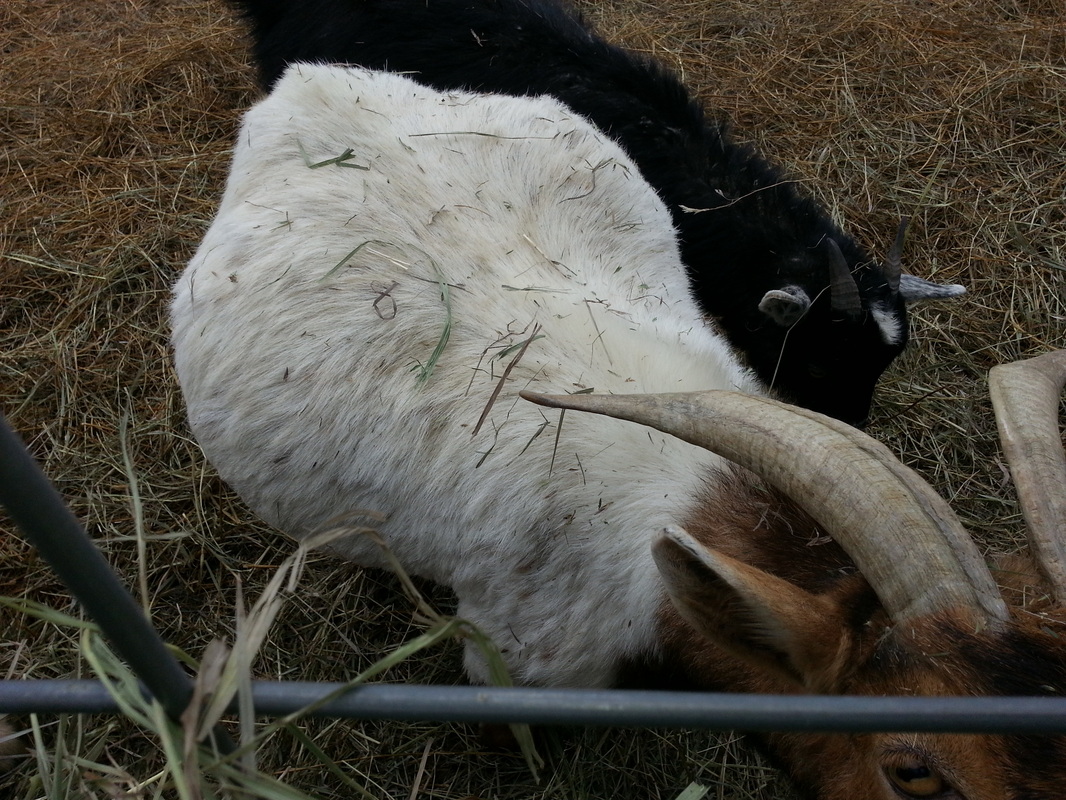
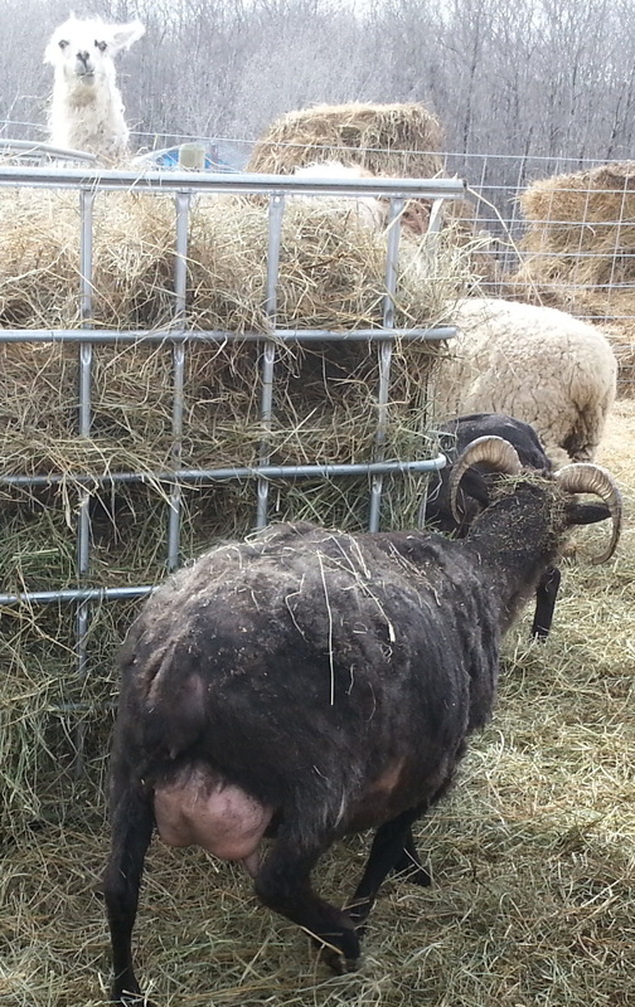
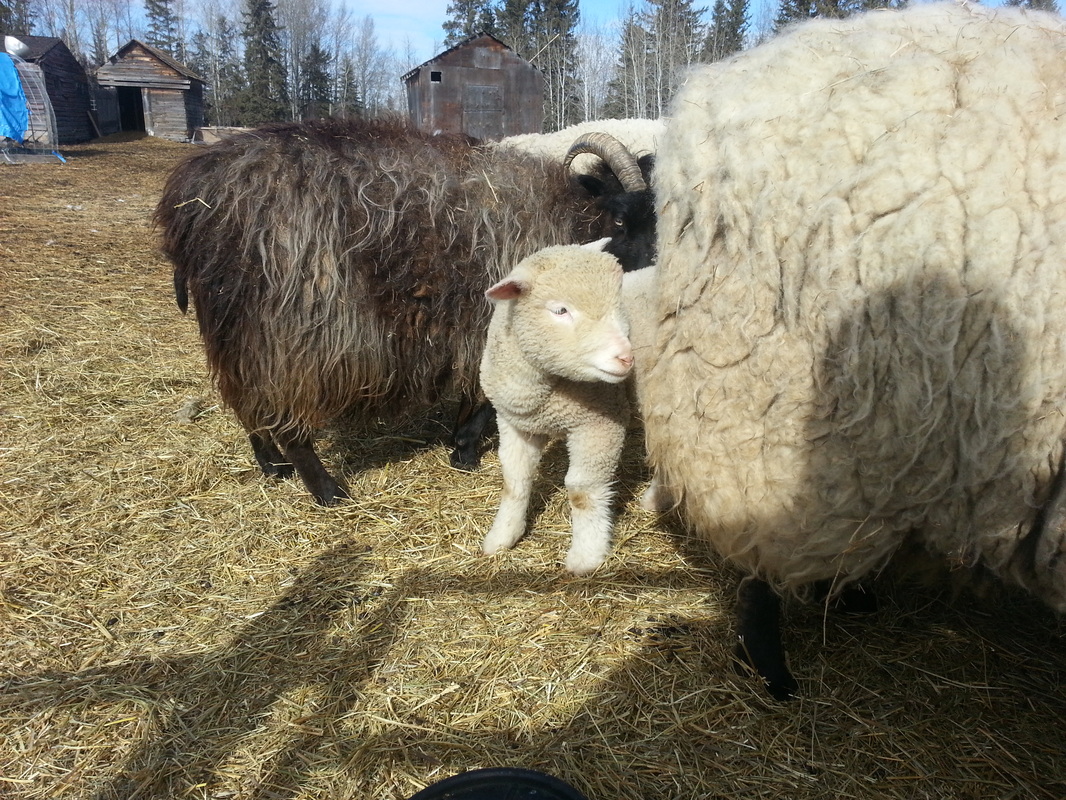
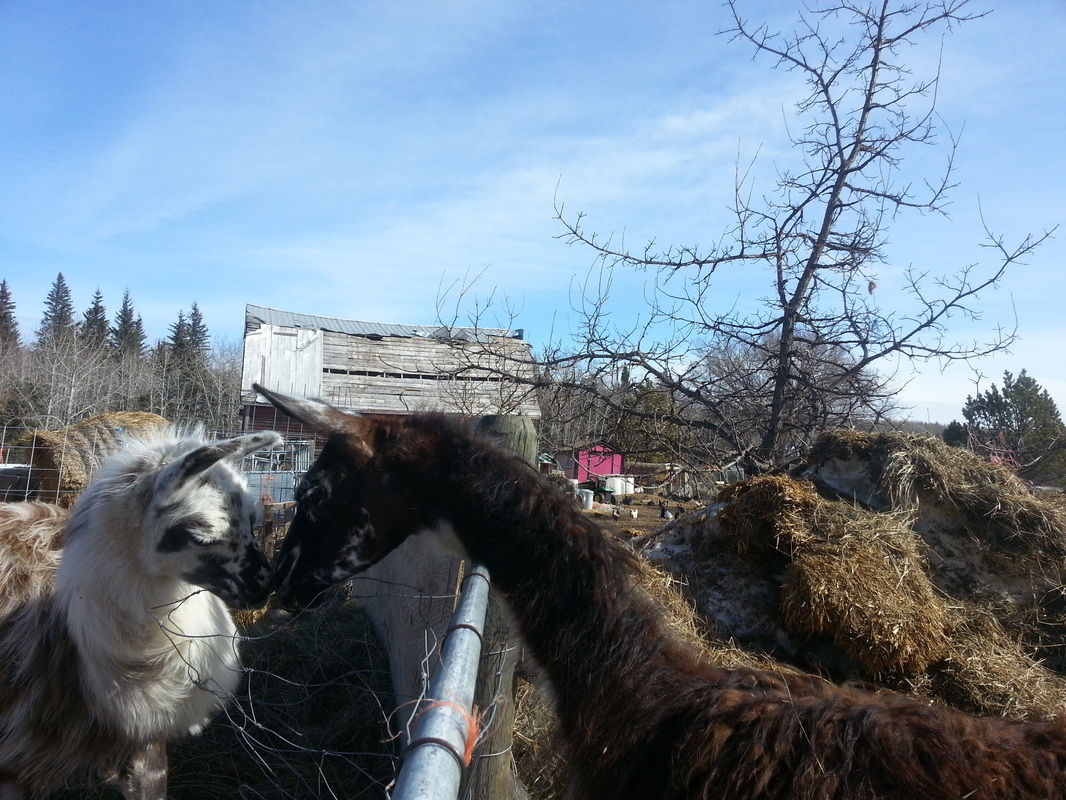
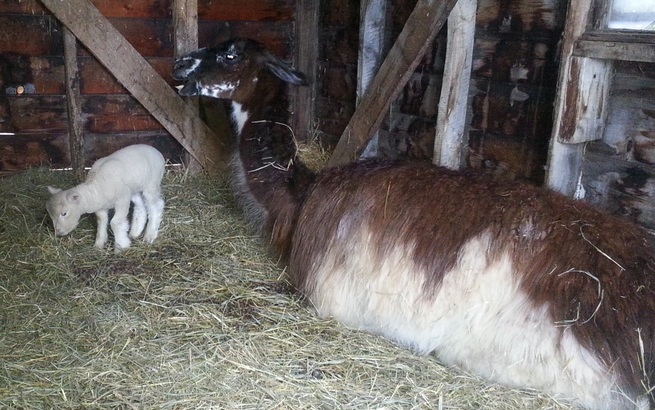
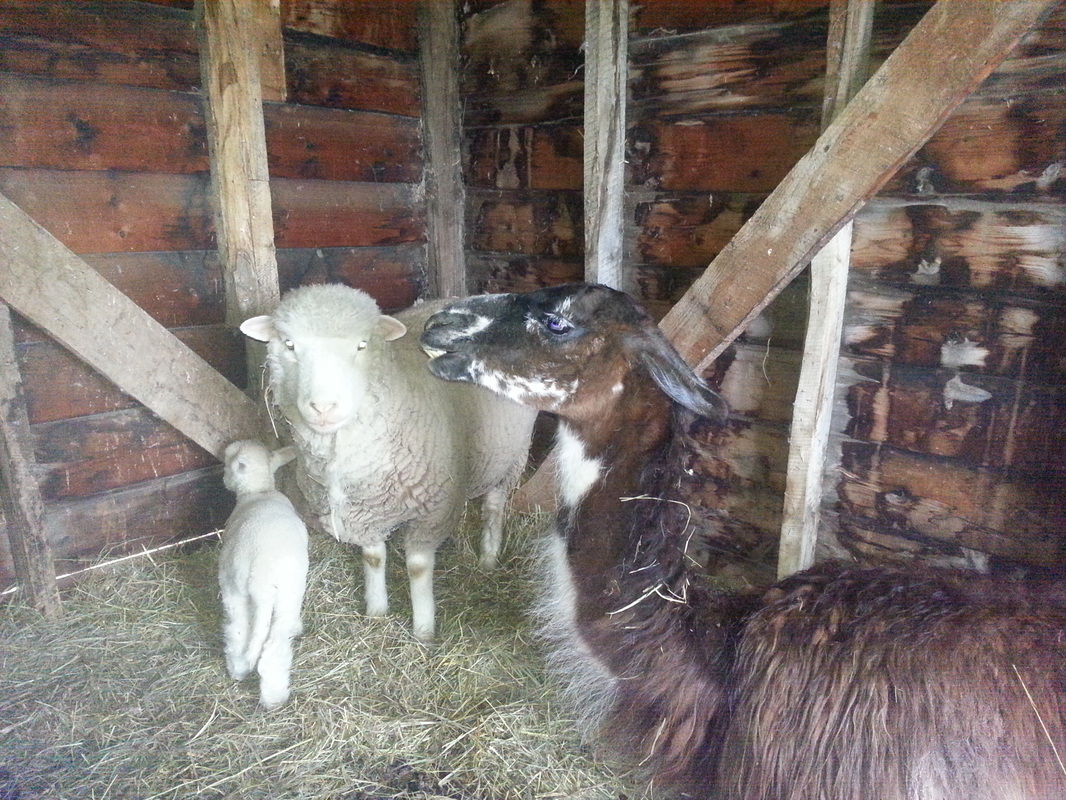
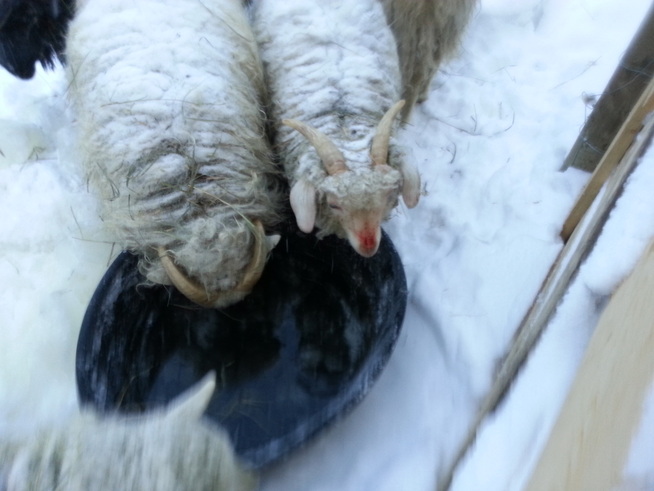
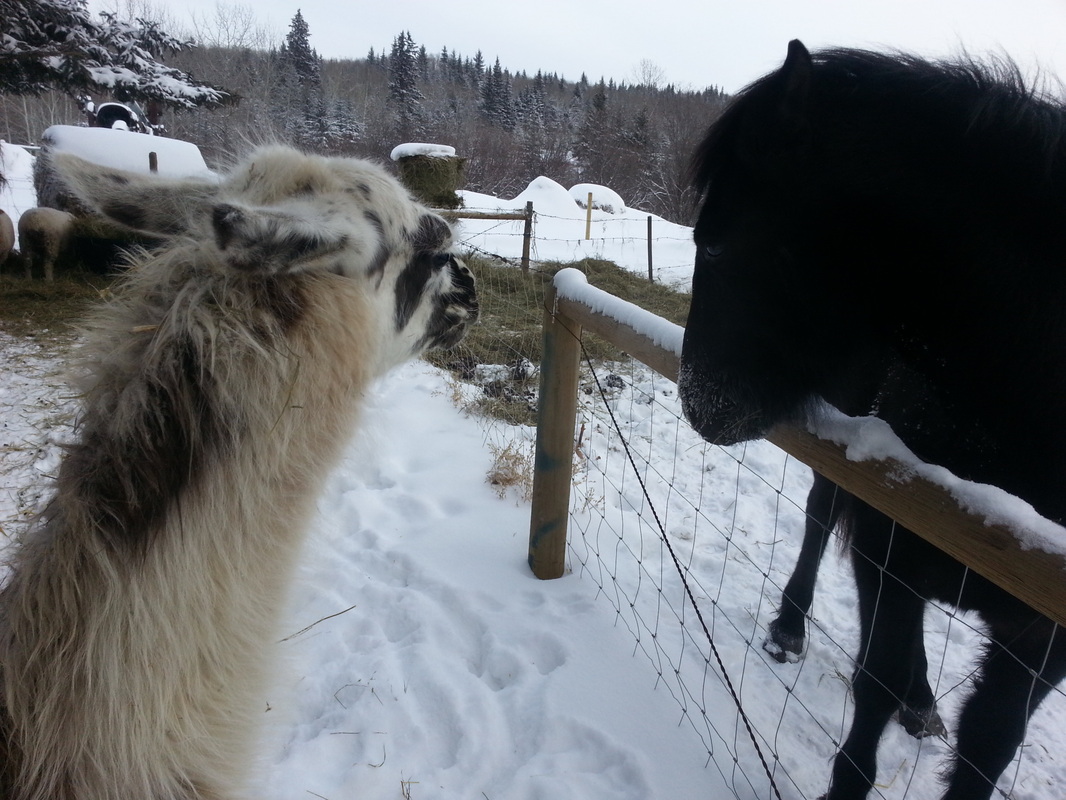

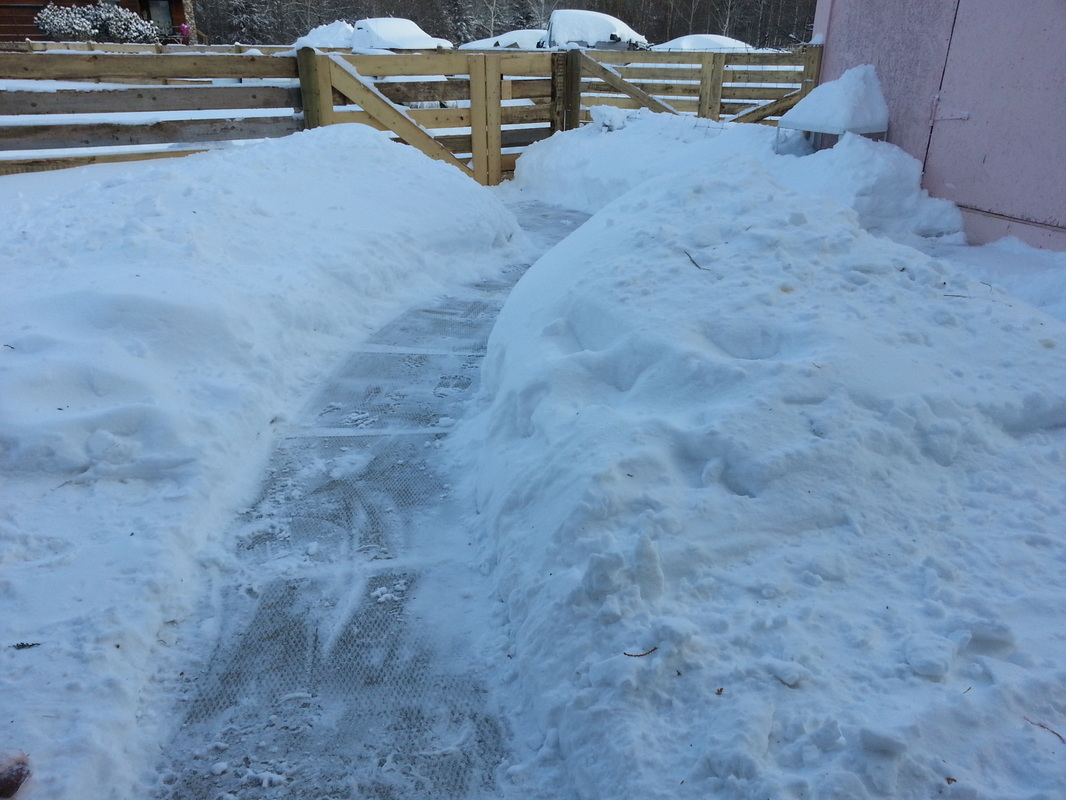
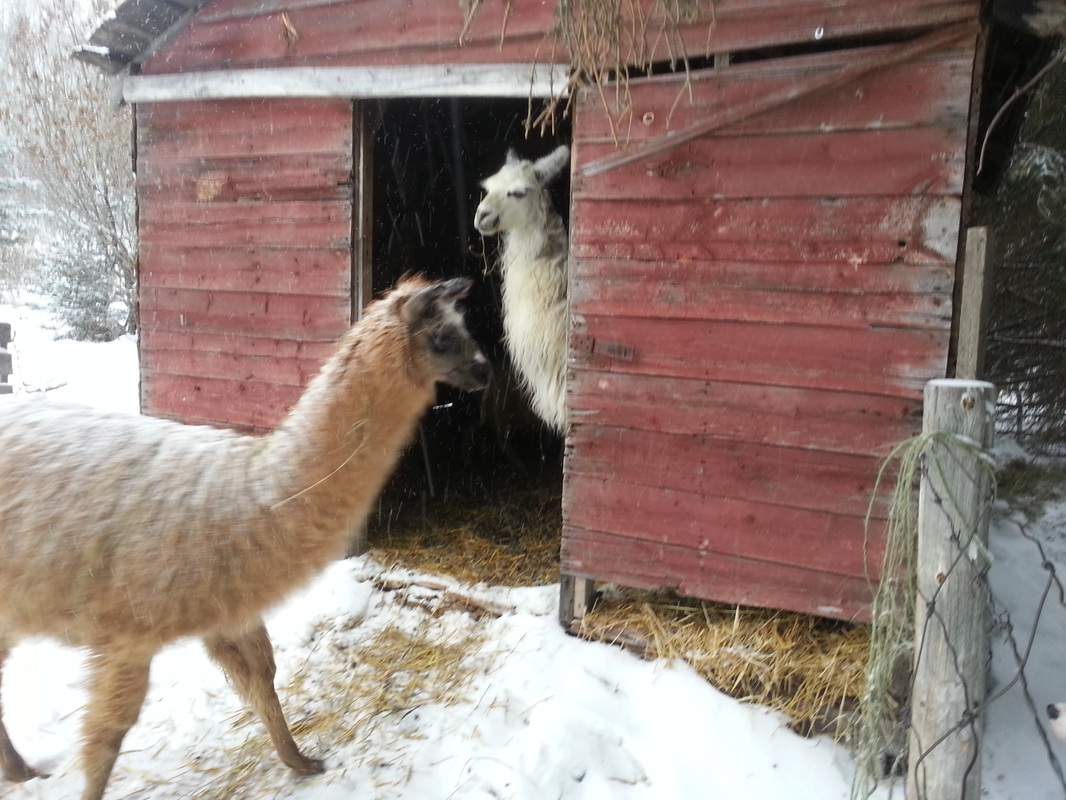
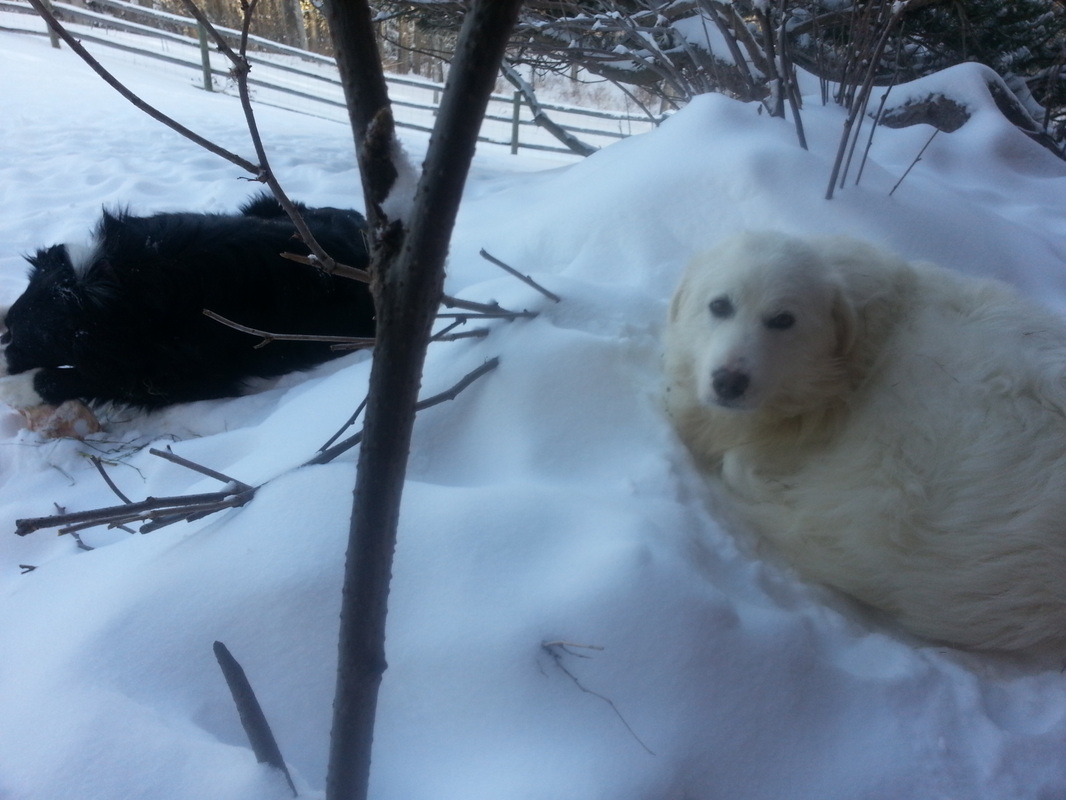
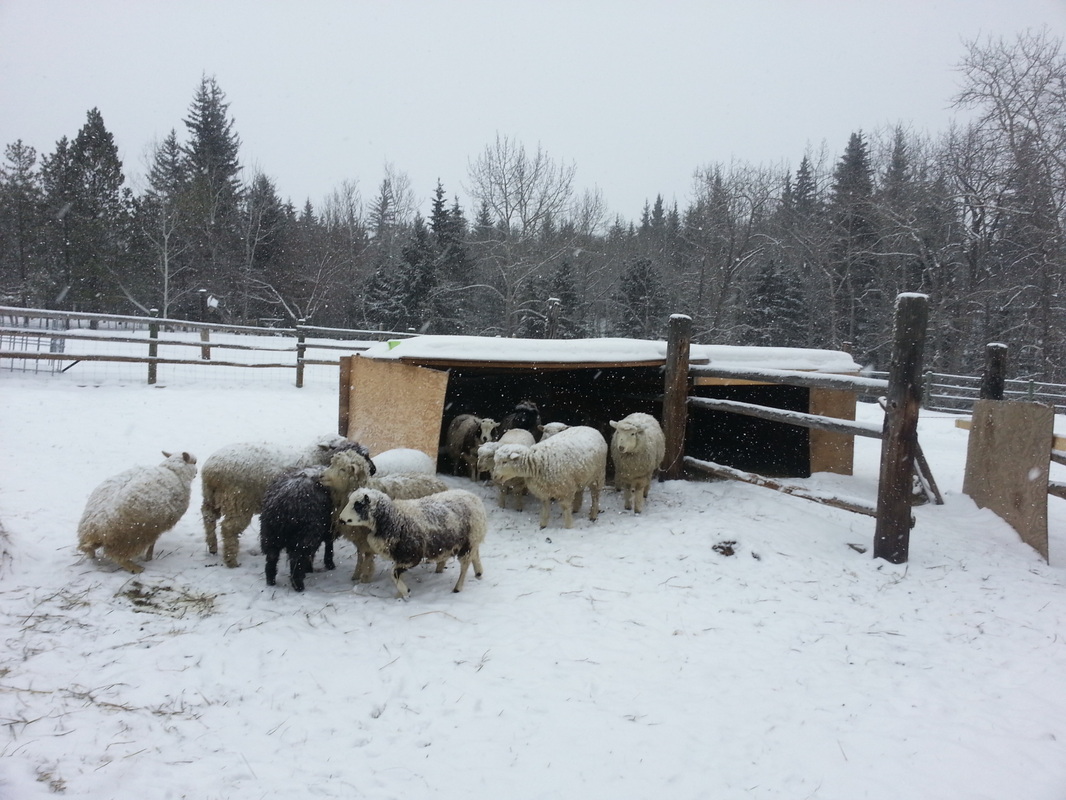
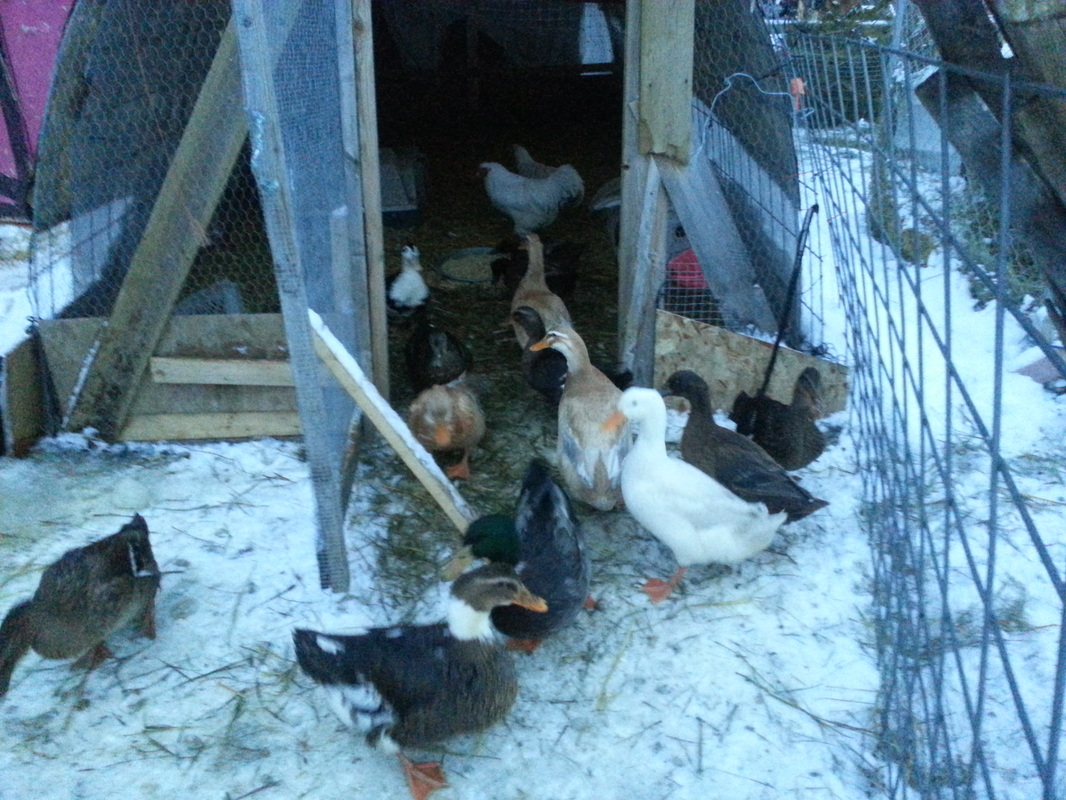
 RSS Feed
RSS Feed